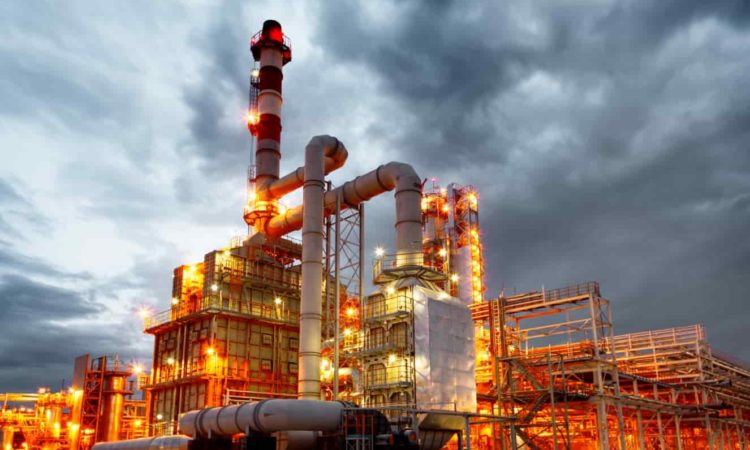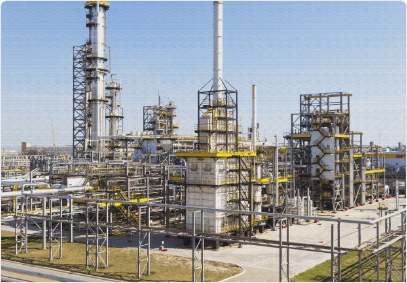Examine This Report on Roar Solutions
Examine This Report on Roar Solutions
Blog Article
8 Easy Facts About Roar Solutions Explained
Table of Contents6 Easy Facts About Roar Solutions DescribedThe smart Trick of Roar Solutions That Nobody is Talking AboutThe Best Guide To Roar Solutions
In order to secure installations from a possible explosion an approach of evaluating and categorizing a possibly hazardous area is required. The purpose of this is to make sure the appropriate choice and setup of devices to eventually avoid an explosion and to guarantee safety and security of life.
(https://www.indiegogo.com/individuals/38463782)
No tools should be mounted where the surface temperature of the tools is higher than the ignition temperature level of the offered hazard. Below are some usual dirt dangerous and their minimum ignition temperature level. Coal Dirt 380C 225C Polythene 420C (thaws) Methyl Cellulose 420C 320C Starch 460C 435C Flour 490C 340C Sugar 490C 460C Grain Dust 510C 300C Phenolic Material 530C > 450C Aluminium 590C > 450C PVC 700C > 450C Residue 810C 570C The probability of the threat existing in a concentration high sufficient to create an ignition will certainly differ from area to location.
In order to categorize this danger an installment is split right into locations of danger relying on the amount of time the hazardous is existing. These locations are referred to as Zones. For gases and vapours and dusts and fibres there are 3 zones. Area 0 Zone 20 A dangerous atmosphere is highly most likely to be present and may be existing for extended periods of time (> 1000 hours each year) or perhaps continuously Area 1 Area 21 An unsafe environment is possible but unlikely to be existing for extended periods of time (> 10 450 C [842 F] A category of T6 indicates the minimum ignition temperature is > 85 C [185 F] Hazardous location electrical equipment perhaps designed for usage in greater ambient temperature levels. This would showed on the rating plate e.g. EExe II C T3 Ta + 60C( This suggests at 60C ambient T3 will not be surpassed) T1 T1, T2, T3, T4, T5, T6 T2 T2, T3, T4, T5, T6 T3 T3, T4, T5, T6 T4 T4, T5, T6 T5 T5, T6 T6 T6 A T Class rating of T1 implies the optimum surface temperature level produced by the instrument at 40 C is 450 C. Assuming the connected T Class and Temperature level score for the tools are suitable for the location, you can constantly utilize a tool with a more rigid Department ranking than needed for the location. There isn't a clear answer to this inquiry. It really does rely on the kind of equipment and what repair work need to be carried out. Tools with details test treatments that can't be done in the field in order to achieve/maintain 3rd party rating. Have to return to the manufacturing facility if it is before the equipment's solution. Area Repair Work By Authorised Worker: Complex testing may not be needed nonetheless specific treatments might require to be complied with in order for the equipment to maintain its 3rd party ranking. Authorized personnel should be used to do the job properly Repair work need to be a like for like replacement. New element need to be taken into consideration as a direct substitute needing no unique testing of the tools after the fixing is complete. Each piece of tools with an unsafe score need to be reviewed separately. These are laid out at a high level below, but also for even more thorough info, please refer straight to the standards.
Roar Solutions for Dummies
The tools register is a thorough data source of equipment records that includes a minimum collection of fields to determine each product's eeha courses area, technical criteria, Ex-spouse classification, age, and ecological data. The ratio of Thorough to Shut examinations will be determined by the Equipment Risk, which is examined based on ignition risk (the probability of a resource of ignition versus the probability of a combustible atmosphere )and the unsafe area classification
( Zone 0, 1, or 2). Executing a durable Risk-Based Examination( RBI )technique is vital for making sure compliance and security in taking care of Electrical Devices in Hazardous Areas( EEHA).
What Does Roar Solutions Mean?

In regards to eruptive danger, a dangerous area is an environment in which an explosive atmosphere is existing (or might be anticipated to be existing) in amounts that require unique preventative measures for the building, installation and use equipment. high voltage courses. In this post we check out the difficulties faced in the office, the threat control measures, and the called for competencies to function safely
It is a consequence of modern life that we make, save or deal with a series of gases or fluids that are deemed combustible, and an array of dirts that are deemed flammable. These compounds can, in specific problems, develop explosive ambiences and these can have major and tragic consequences. The majority of us are acquainted with the fire triangular get rid of any type of one of the 3 components and the fire can not happen, yet what does this mean in the context of harmful areas? When damaging this down into its most basic terms it is basically: a combination of a particular quantity of release or leak of a certain material or material, combining with ambient oxygen, and the existence of a source of ignition.
In the majority of instances, we can do little regarding the levels of oxygen in the air, however we can have significant impact on sources of ignition, for instance electric devices. Hazardous locations are documented on the harmful location classification illustration and are identified on-site by the triangular "EX-SPOUSE" indicator. Below, amongst other crucial info, areas are divided right into 3 types depending on the hazard, the chance and duration that an eruptive ambience will exist; Zone 0 or 20 is considered one of the most unsafe and Area 2 or 22 is considered the least.
Report this page